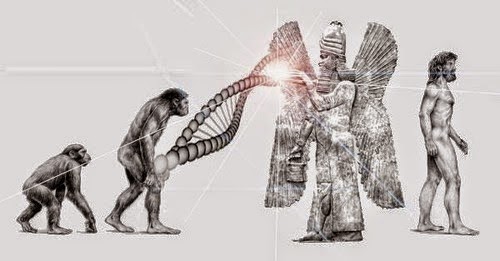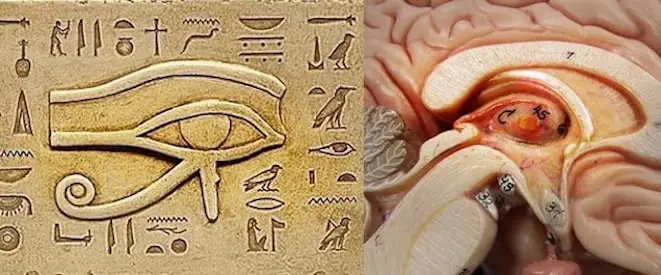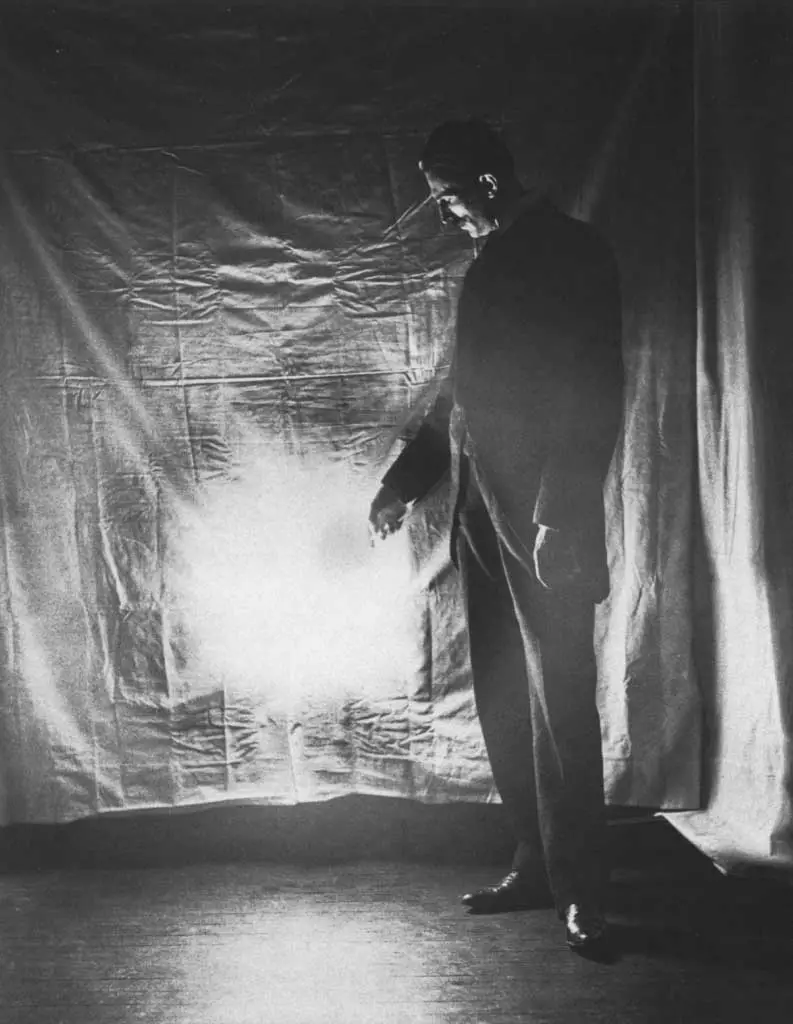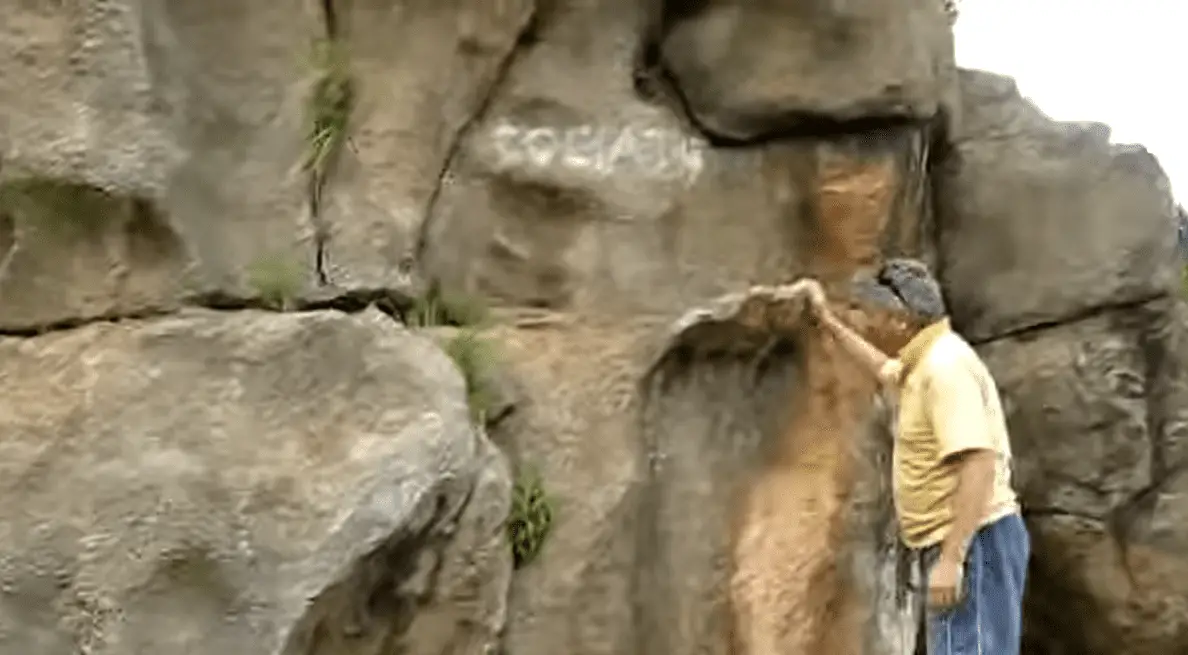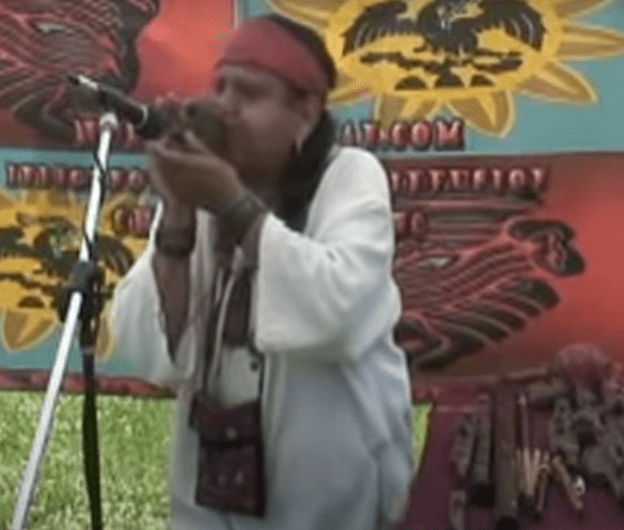
YouTube Video Here: https://www.youtube.com/embed/I9QuO09z-SI?feature=oembed&enablejsapi=1
It’s the 1990s. A group of archeologists in Mexico City had been excavating parts of an Aztec temple over 500 years old when they uncovered something exciting — a body.
But this isn’t just a random burial. This is the body of someone who was sacrificed.
The body has been very meticulously buried. Its head has been removed, and its arms placed carefully across its chest. In its hands are small objects with the images of skulls carved into them.
Most of the scientists believe these to be trinkets with some sort of unknown value, and they plan to store them at a museum along with similar objects that have been previously uncovered. One archeologist, however, brings up the object to his lips and blows.
The sound is shocking and sent a chill up the spines of everyone who was around to hear it. It is the sound of a human scream.
The Aztec Death Whistle’s Discovery and Disturbing Sound
Since the moment the terrifying sound of the Aztec death whistle was first heard, archeologists and common people alike have been obsessed with it.
How was this disturbing sound produced? And why would anyone want to make it in the first place?
Despite the intricate skull carvings on the outside of these whistles, it’s easy to assume that the inside is relatively simple due to its small size. In reality, the interior of this whistle is anything but.
Rather, the inside of the Aztec death whistle is a complex assortment of varying passages. These passages funnel several paths of air around so that they collide against each other, building up a pressure that leads to the creation of the terrifying sound of a human scream.
Since this discovery, archeologists have been obsessed with theorizing why these whistles were produced. Meanwhile, the Aztec death whistle has slowly gained a following among the common masses who likewise speculate as to its purpose and also seek to own replicas of their own. Mass attention was first brought about when a video was posted on YouTube of the sound back in 2013.
What was the Purpose of the Aztec Death Whistle?
So, what exactly could be the purpose of the Aztec death whistle?
We may never know for sure, but there are a few leading theories among the experts. The three most popular ideas about these strange whistles’ exact purposes are:
Marching to Battle
It is well-known that the Aztecs would often create ominous and imposing sounds when marching into battle in order to intimidate their opponents. They carried drums that they would beat at a steady rate, all together. The resulting sound of hundreds if not thousands of drums created a powerful and frightening sound.
There are accounts of the Aztecs employing the use of such drums when marching against the Spaniards. The Spanish records detail the terror that these drums could very easily create.
So what if, instead of using drums, the Aztec army blew the Aztec death whistles in unison?
The sound of just one whistle is terrifying and loud all on its own. Now imagine thousands of them blown all at once. The resulting cacophony would be sure to cause panic in even the bravest and sternest of opponents.
The skull design on the whistles certainly seems to indicate a violent association. Plus, the small size of the whistles would make them more ideal for carrying into a battle over the bulkier drums.
Still, this is not the only possible explanation of the Aztec death whistle’s purpose.
Therapeutic Purposes?
One suggested alternative purpose is perhaps the complete opposite of the previous explanation. Rather than to strike fear and signal oncoming violence, it is possible that the Aztec death whistle was actually used for therapeutic and healing purposes.
The essential idea is that, rather than to inspire fear, the strange sound of the whistle was actually meant to put the listener into a trance. These trances and sounds would be part of healing rituals that would serve purposes both physical and spiritual.
So, rather than cause terror, the sound of the Aztec death whistle could actually have been meant to bring comfort.
If you listened to the sound created by the Aztec death whistle, you may have a hard time believing that this sound could ever be considered “comforting.” Still, there’s something to be said about the potential for the strange and unsettling to eventually lull a person into a different kind of presence of mind when repeated often enough.
While this theory has a decent amount of support, however, it is still not championed as the most likely purpose by scholars and archeologists alike. We’ll get into the most convincing argument directly below.
A Guide to the Afterlife
A third theory about the purpose of the Aztec death whistle is perhaps the most convincing, and it is supported by the most evidence.
This theory centers around the circumstances of the Aztec death whistles discovery — mainly, that it was found in possession of someone who had been sacrificed.
The placement of the death whistles with the body of the sacrificed individual was completely intentional. The crossing of the arms of the body would have had to been arranged, as well as the whistles placed in the hands. Also, the skull iconography of the whistles naturally link them to death, so the connection to human sacrifice is only a small leap from there.
Even more interesting is the placement of the body’s burial. Not only was the body buried in front of a temple, but it was placed directly facing an image of the god Quetzalcoatl — the wind god.
Wind gods and whistles? The connection is easy to see.
It is therefore believed that the Aztec death whistles were therefore meant to serve as an aid to the human sacrifices. Through blowing this whistle, the sacrifice victim would not only create a frightening noise associated with death but also summon Quetzalcoatl through the power of these sounds created by what is essentially a small amount of contained wind.
Quetzalcoatl would then theoretically guide the sacrificed individual safely through the afterlife.
In our modern mindset, human sacrifice is seen as particularly grisly. Yet there is some evidence to suggest that sacrifice was seen as an honor in some ancient cultures. The granting of such a piece of equipment that could potentially help the sacrificed person on their way through the afterlife supports the notion of goodwill through the otherwise unsettling process.
From Trinkets to Cultural Icons
The first blow of the Aztec death whistle would forever change the way these small objects were seen, not only in popular culture but in the archeological community.
These whistles were once viewed simply as trinkets, decorative in function. Now, they have garnered much speculation and attention as scholars try to piece together their purpose. What were once undervalued trinkets have become cultural icons inspiring greater thought and understanding of the Aztec traditions and ways of life.
Sensationalism and Capitalism
Of course, once something enters into popular culture, it is sure to be capitalized on.
The actual Aztec death whistles are naturally safely stowed away in museums and in the care of archeologists and otherwise qualified professionals. That hasn’t stopped the common masses from wanting to get their hands on these strange creations, though.
From its terrifying and unique sound to its unsettling and intriguing design, the Aztec death whistle has been in high demand over the past several years. So, naturally, people have taken to reproducing and selling them.
Nowadays, you can easily find and purchase an Aztec death whistle on sites like Etsy and Amazon. Though not the real thing, these replicas can be a fun addition to a display of knickknacks and novelties, becoming the exact trinkets that scholars once thought they were.
Some take on the classic design and colors of authentic death whistles, adding a tarnished look to the products in order to capture the ancient and foreboding impression. Other replicas ditch this and take to different stylings, opting for bright and comprehensive colors. Regardless of their exact stylings, they all have one thing in common: the design of a skull.
While some of these replicas are undoubtedly capable of producing strange and cryptic noises themselves, they’ll never be quite able to match up against the original whistles of the Aztecs. The long history and questions surrounding the Aztec death whistle make the originals all the more ominous and intriguing, their sounds all the more haunting.
We may never know the true purpose of the Aztec death whistle, but that won’t stop scholars from theorizing and continuing the search for greater understanding.
You can listen to the unforgettable sound of the Aztec death whistle here.
YouTube Video Here: https://www.youtube.com/watch?v=I9QuO09z-SI
Featured Image via YouTube Video

